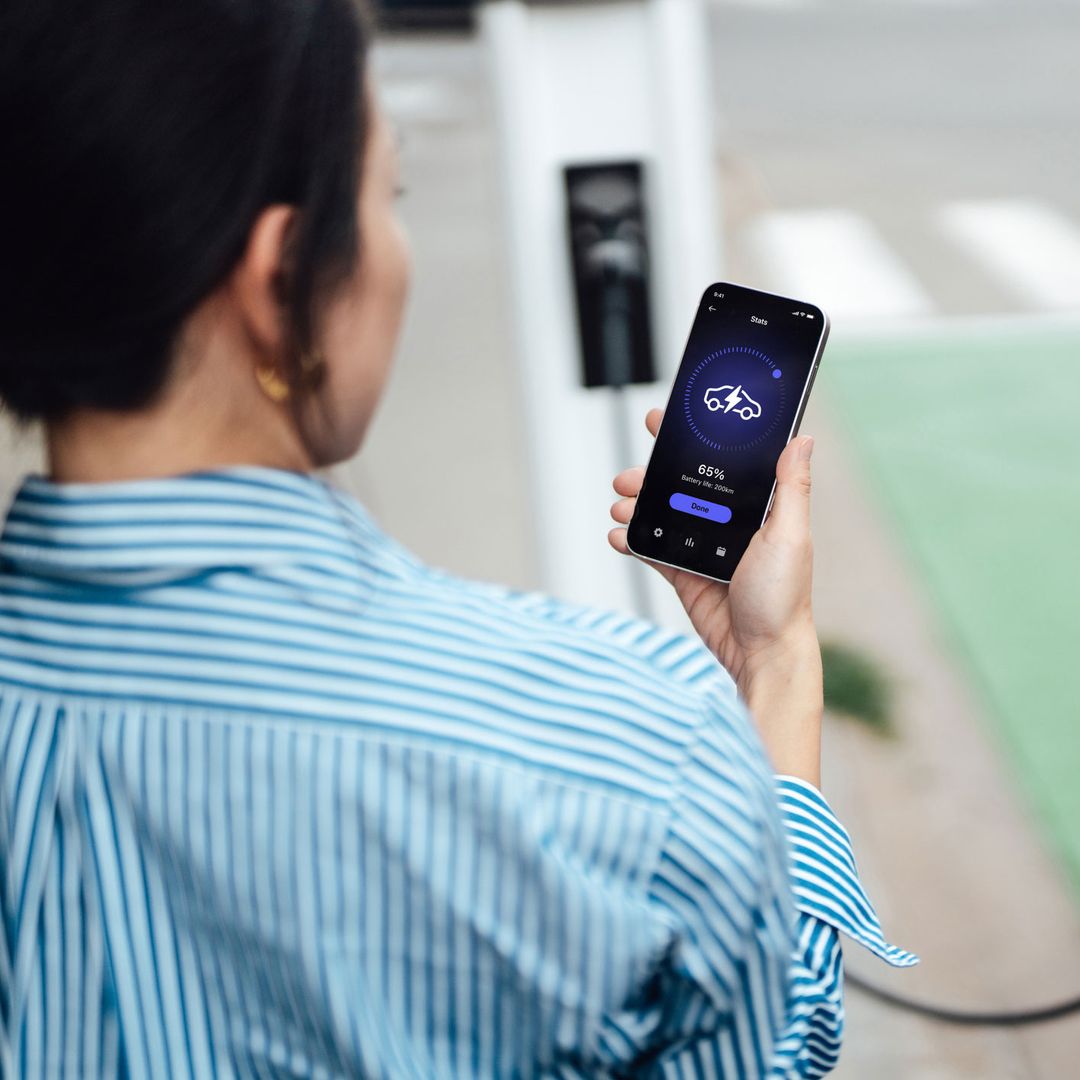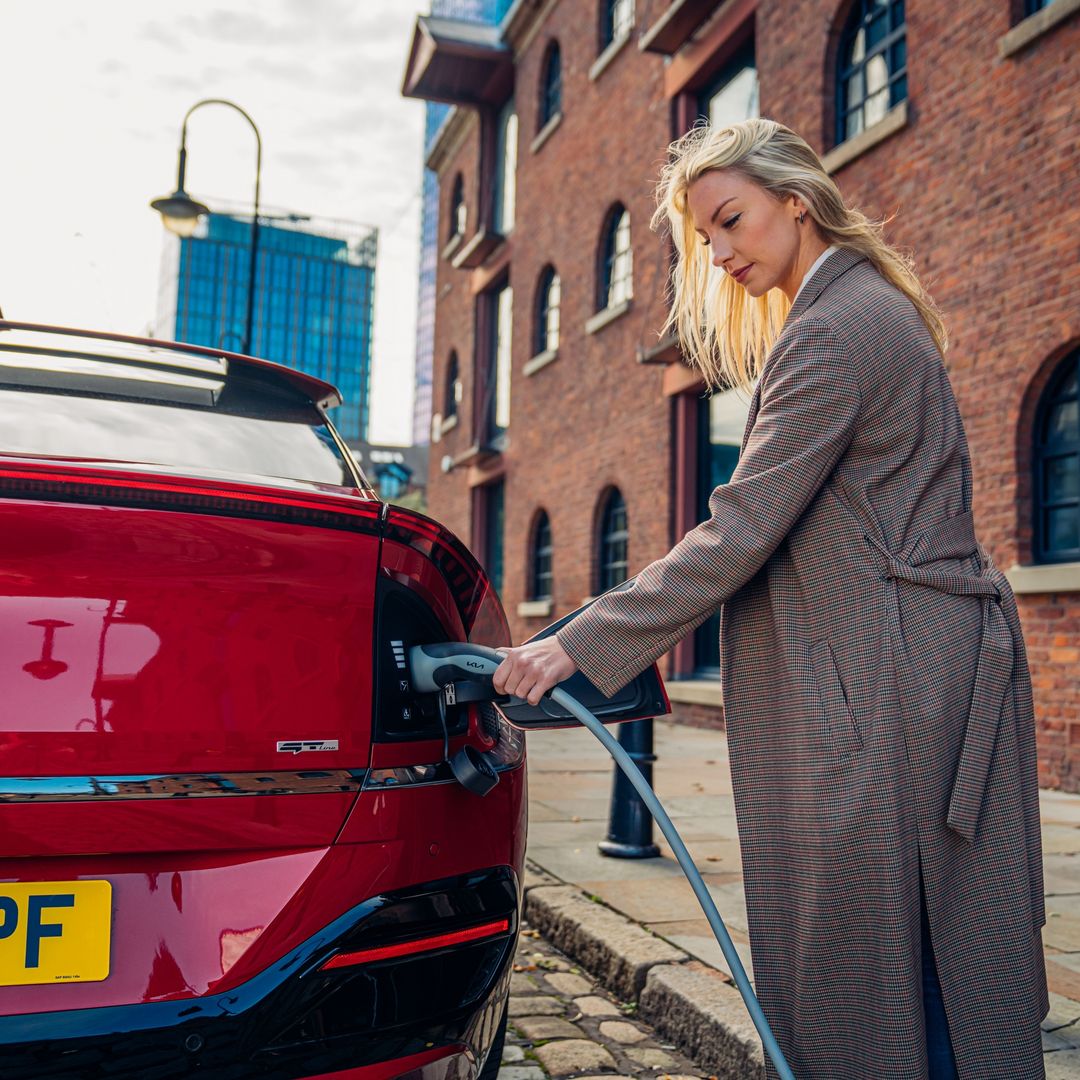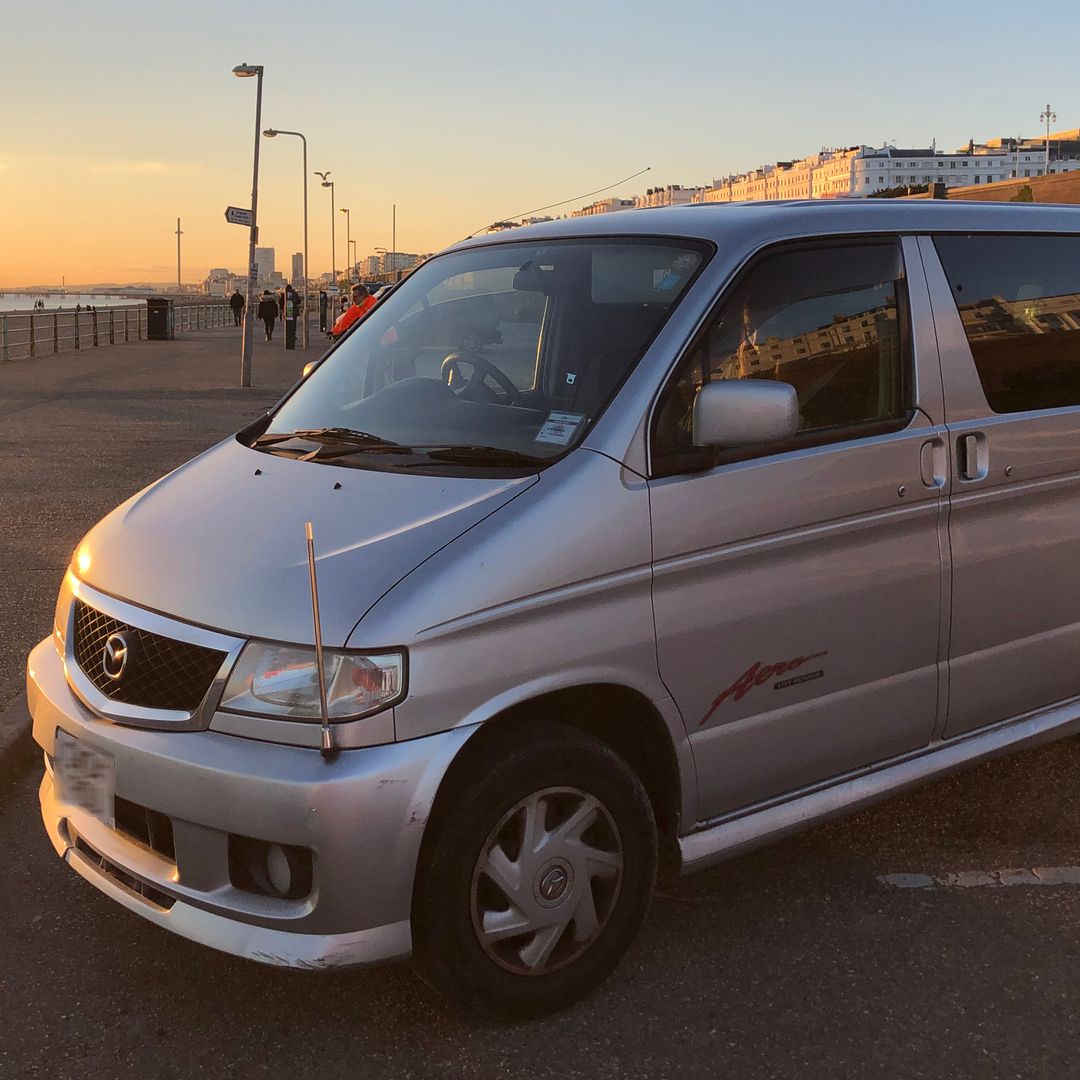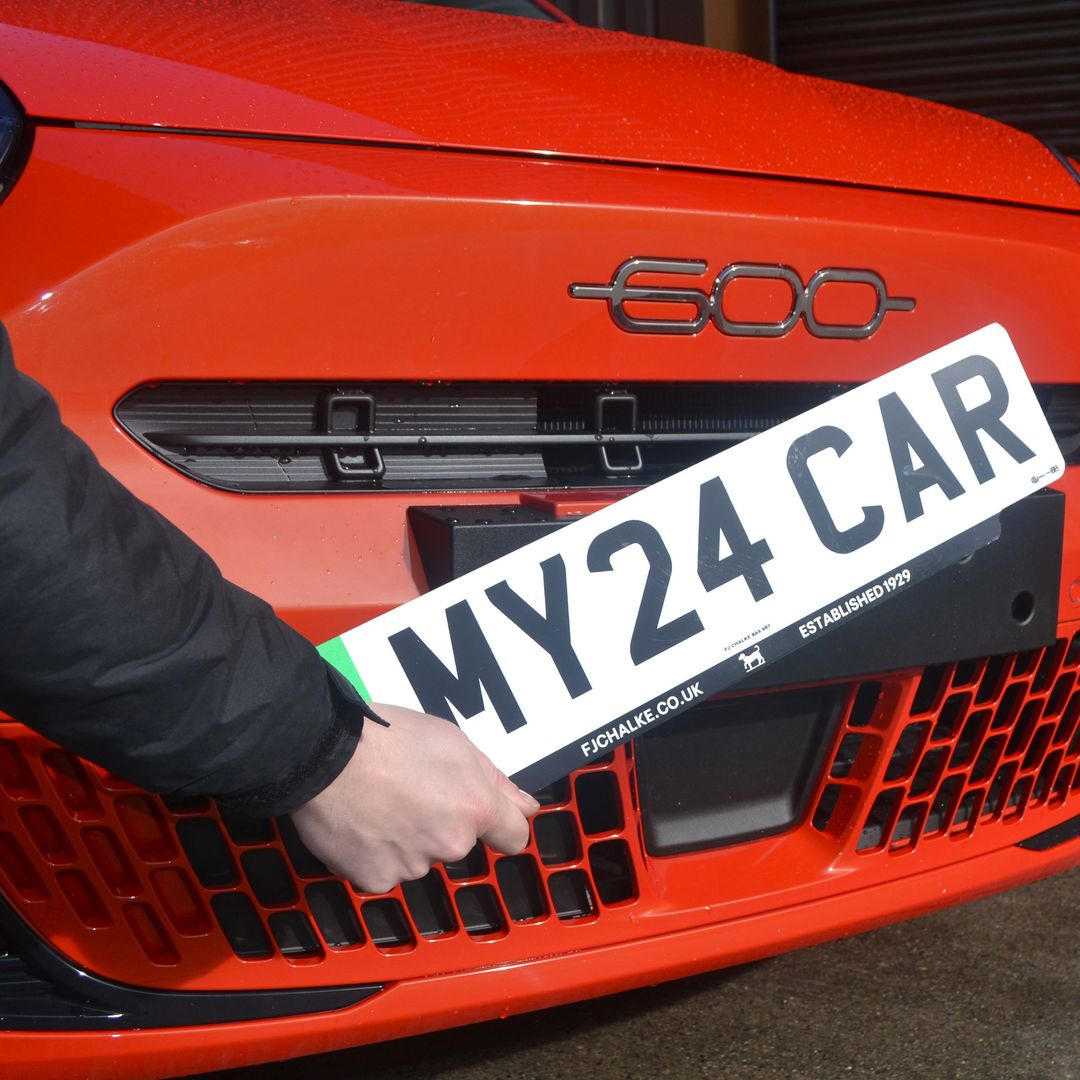With snow forecast in the UK this weekend thanks to Storm Arwen, we're gearing up for a chilly few days. And driving in snow can be taxing, even for the most experienced of drivers. But if you do have to drive in the snow, or other adverse weather conditions like fog, ice or torrential rain, we've got the essential tips for driving safely, whatever the weather.
READ: Will there be snow this month?
How to drive in snow and ice
- Obviously, you need to get cosy in your car and before setting off in freezing conditions, check you have good all-round visibility. Ensure your windows are clean and clear of snow, and remove snow from the roof of your car - it can slip down onto your windscreen and rear window, or blow off into the path of other road users.
- Drive cautiously within the speed limit. Too fast and you risk losing control, too slow and you’ll lose momentum when it is needed (like when driving uphill). Start gently and avoid high revs if you drive a manual car, and stay in a higher gear to avoid skidding, maximising control and traction. Automatic car owners don’t have so much control over gears, so must take extra care to gently apply power to the wheels to avoid skidding.
- Always brake gently to avoid locking the wheels, going into a skid and losing control - double or even treble your normal stopping distance from the vehicle in front.
- Think ahead as you drive to keep momentum, watching out for potential hazards. Slow down extra early if it means you can keep moving because it will avoid having to stop and start again and if possible, stick to bigger, busier roads. They are more likely to have been treated with salt and grit and the extra traffic will have churned up the snow. Minor roads are less likely to have been cleared or treated.
- If your car starts to slide sideways in a skid, do not accelerate and resist the temptation to brake hard. Only use the brake if you can't steer out of trouble. Bends are especially challenging in icy conditions, and the golden rule is to slow down well in advance. By the time you turn the steering wheel you will already have lost enough speed to take the corner.
- If you've got hills on the horizon, keep your speed low before you start going down a hill and don't let it build up. It’s much easier to keep it low than to try and slow down if the road gets slippery.
- Do not spin the wheels or rev the engine if you get stuck in snow - all this will do is to dig your car further in. Instead, select a higher gear than usual (second or third) and slowly manoeuvre your vehicle forwards and backwards to gently creep out.
Snow is forecast in the UK this weekend
How to drive in heavy rain and floods
- Make sure your car's lights and windscreen wiper blades are clean and fully operational before taking to the road in stormy weather. Also check your tyre pressures and tread depth to ensure the best possible grip in the wet.
- Plan your route, trying to avoid any roads that are prone to flooding, even if it means a longer journey. When you head off, switch on your dipped headlights so you can be seen by other motorists and road users.
- The Highway Code states that stopping distances will be at least double in wet weather because your tyres have less grip on the road, so reduce your speed and leave more space between you and the vehicle in front to account for greater stopping distances.
- Lower speeds will also help you pass through large puddles and potholes smoothly, without spraying other road users or risk aquaplaning, which is when too much water makes your car’s tyres lose contact with the road surface. Take care when driving through large puddles and floods - they may be deeper than you think and cause serious damage to your car. If in doubt, turn back and find another way to your destination. If you think it is safe to proceed, drive slowly keeping your car in a low gear (for example, second) and your engine revs up so that you can maintain momentum.
- If your engine cuts out after driving through deep water, do not attempt to restart it, as catastrophic engine damage may occur. Instead, turn on the hazard lights and call for assistance.
SEE: The 10 most popular cars on TikTok
How to drive in fog
- Top up your screenwash before setting off. Fog can leave a fine spray on your windscreen, so you will need to keep it clean. If you're driving in freezing fog, do not use your windscreen washer unless you have non-freezing washer fluid, otherwise your screen will ice up.
- Keep your windscreen and windows clean. The dirtier they are, the more likely they will cloud up. If your windows keep steaming up, using your air conditioning in conjunction with your heater should do the trick.
- Always use dipped headlights in misty and foggy conditions. Full beam will only obscure your visibility and dazzle oncoming drivers. Only use fog lights if visibility is less than 100 metres and don’t forget to turn them off when visibility improves.
- Slow down and maintain a steady and consistent pace to ensure you can decelerate or brake early enough to avoid hazards ahead - and cars behind you can do the same.
- Don't forget, pedestrians and cyclists can be more difficult to spot in fogy conditions, so keep your speed down to give yourself enough time to identify them, especially in built-up areas.
- If a car behind you is following too closely, drive sensibly and consistently and try not to brake suddenly, otherwise the vehicle behind may run into you.
SHOP: The cosiest things to buy on Amazon, from soup bowl huggers to fleecy onesies
How to drive in high winds
- Plan your route before you leave to find out if there's a less exposed option. If you do have to travel, listen out for local traffic bulletins on the radio to keep up to date with road closures.
- Keep both hands on the wheel so that you have the best chance of controlling your car, especially if there’s a sudden gust of wind. Strong winds won’t blow you so far off course if you reduce your speed.
- Keep your distance from other vehicles, especially high-sided lorries and caravans which might swerve suddenly. Expect the unexpected, especially when travelling on bridges and exposed stretches of road.
- Leave extra room for cyclists and motorcyclists. They can be particularly vulnerable to sudden gusts and may veer across the road.
- Beware of fallen trees, branches and other debris such as wheelie bins that may have blown into the road. • Avoid towing high-sided trailers like caravans or horseboxes if gales are forecast.
Like this story? Sign up to our newsletter to get other stories like this delivered straight to your inbox.










